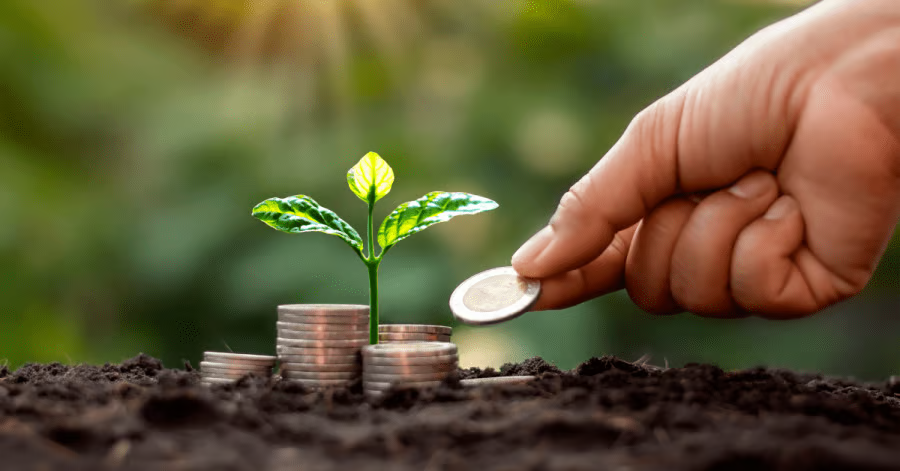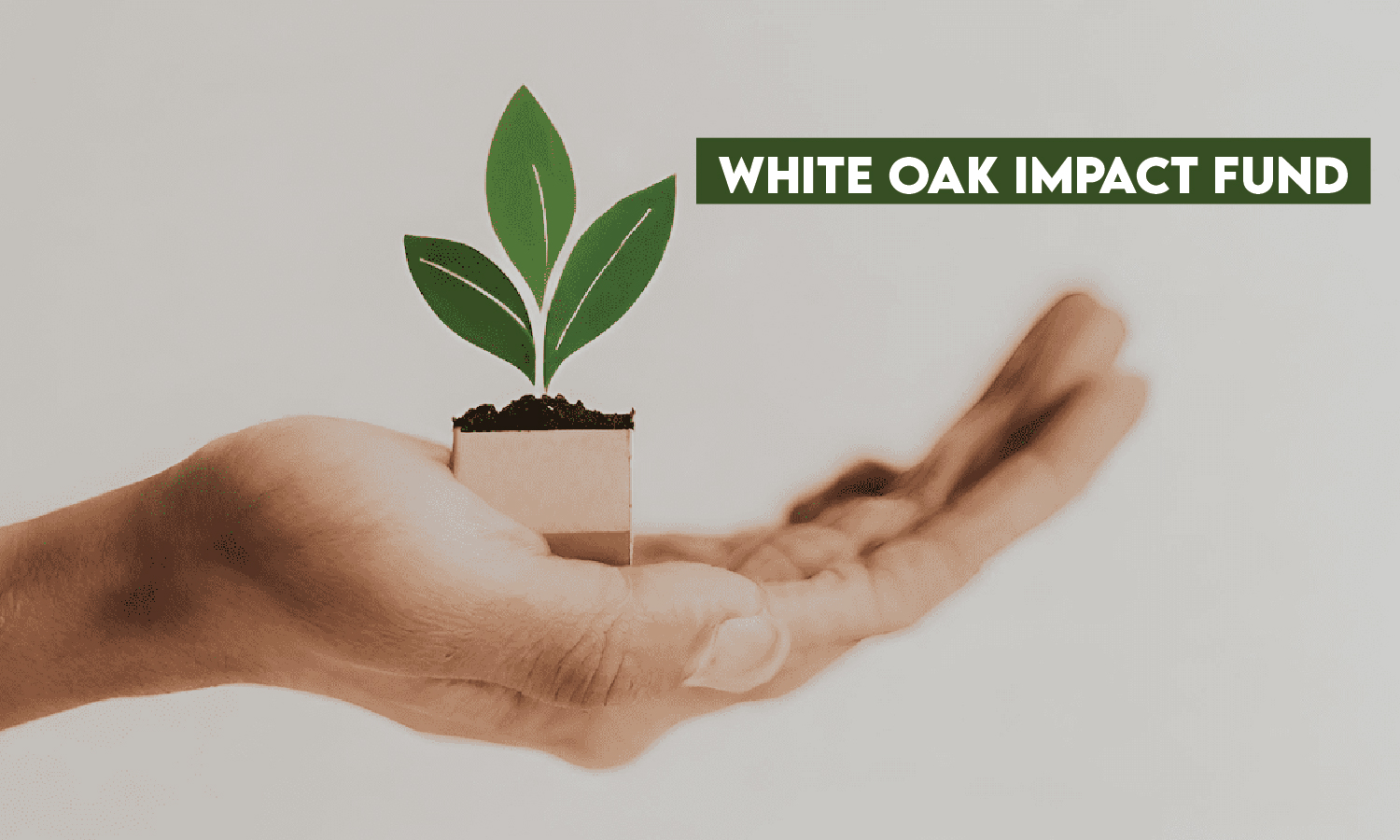Environmental, Social, and Governance (ESG) investing has become a cornerstone of responsible investment strategies in today’s world. Companies across the globe are adopting innovative methods to measure the impact of their investments. In this context, white oak impact fund has taken a significant step by adopting the Impact Rate of Return®, an advanced analytics system developed by Global Impact LLC. This move underscores White Oak’s dedication to transparent, measurable, and impactful ESG efforts, setting a new standard in private debt markets.
White Oak Global Advisors: A Brief Overview
White Oak Global Advisors (WOGA) is a leading alternative asset manager specializing in financing small and medium-sized enterprises (SMEs). Since its inception in 2007, the firm has deployed over $10 billion across various sectors through innovative lending products such as term loans, asset-based loans, and equipment financing. WOGA’s commitment to sustainable growth has positioned it as a pioneer in ESG-aligned investments, focusing on creating long-term partnerships with borrowers while delivering risk-adjusted returns to investors.

The Impact Rate of Return®: What Is It?
The Impact Rate of Return® is a comprehensive impact measurement system developed by Global Impact LLC, led by Howard W. Buffett. It goes beyond traditional financial metrics to evaluate the social and environmental outcomes of investments. This methodology provides a multi-dimensional framework for assessing:
- Social Value Creation – Evaluating how investments benefit communities.
- Environmental Sustainability – Measuring the ecological impact of projects.
- Economic Sustainability – Ensuring long-term financial viability.
Why It Matters
Incorporating such a system helps investors make informed decisions while aligning their portfolios with the Sustainable Finance Disclosure Regulation (SFDR). This European Union framework standardizes sustainability disclosures, ensuring transparency and comparability for institutional and retail investors.
White Oak’s Commitment to ESG and Impact Investing
White Oak has a long-standing reputation for prioritizing ESG and impact investing. With over $4.2 billion invested in ESG-aligned projects since 2013, the firm focuses on:
- Supporting SMEs: White Oak provides secured loans to SMEs, fostering economic growth and job creation.
- Promoting Sustainability: Their investments prioritize eco-friendly projects that reduce environmental footprints.
- Enhancing Social Equity: By funding socially impactful initiatives, the firm helps address pressing societal challenges.
This commitment reflects a broader industry trend toward integrating ESG principles into private debt markets.
Partnership with Global Impact LLC
To strengthen its ESG framework, White Oak has partnered with Global Impact LLC, a renowned advisory firm specializing in impact measurement. Led by Howard W. Buffett, Global Impact brings decades of expertise in ESG strategy development. Buffett’s innovative approach, rooted in the principles outlined in his book Social Value Investing: A Management Framework for Effective Partnerships, aligns seamlessly with White Oak’s vision.
Key Players Driving the Initiative
- Howard W. Buffett: A Columbia University professor and award-winning author, Buffett’s work on impact analytics is instrumental in advancing White Oak’s ESG goals.
- Terésa Cutter: As White Oak’s Head of ESG and Impact, Cutter collaborates closely with Global Impact to develop metrics that align with SFDR requirements.
- Roksana Ciurysek-Gedir: Chairperson of White Oak’s Impact Advisory Board, Ciurysek-Gedir champions the firm’s ESG initiatives and strategic partnerships.
What Sets White Oak Apart in the ESG Space?
While public equity and fixed income dominate the ESG investing landscape, White Oak distinguishes itself by focusing on private debt markets. The firm’s unique approach involves:
- Tailored Lending Solutions: Offering over 20 lending products to meet the diverse needs of SMEs.
- Data-Driven Decision-Making: Leveraging the Impact Rate of Return® to provide measurable insights into investment outcomes.
- Long-Term Vision: Building economically sustainable businesses that contribute to social and environmental progress.
How Does the Impact Rate of Return® Work?
The methodology evaluates investments based on a range of criteria, including:
- Alignment with SDGs: Projects are assessed for their contribution to the United Nations’ Sustainable Development Goals.
- Risk Mitigation: The framework identifies potential sustainability risks, enabling proactive management.
- Performance Metrics: Investments are measured against key performance indicators to ensure accountability and transparency.
By adopting this system, White Oak enhances its ability to communicate the tangible impacts of its investments to stakeholders.
The Role of the SFDR
The Sustainable Finance Disclosure Regulation (SFDR) is a critical framework designed to improve transparency in sustainable investing. Under the SFDR, firms are required to disclose:

- Sustainability Risks: How ESG factors are integrated into the investment process.
- Adverse Impacts: Potential negative effects of investments on environmental and social outcomes.
- Sustainability Objectives: Goals related to environmental or social benefits.
White Oak’s alignment with SFDR standards ensures that its ESG efforts are both credible and impactful.
Looking Ahead: The Future of ESG and Impact Investing
White Oak’s adoption of the Impact Rate of Return® represents a significant milestone in ESG investing. As the firm continues to innovate within private debt markets, it sets a precedent for others to follow. By combining advanced analytics with a deep commitment to sustainability, White Oak demonstrates that financial success and social responsibility can go hand in hand.
Key Takeaways for Investors
- Enhanced Transparency: White Oak’s ESG reporting provides clear insights into the impact of investments.
- Innovative Frameworks: Tools like the Impact Rate of Return® enable more effective measurement and management of ESG outcomes.
- Sustainable Growth: Investing in SMEs supports long-term economic development while addressing social and environmental challenges.
Frequently Asked Questions (FAQs)
1. What is the Impact Rate of Return®?
The Impact Rate of Return® is an impact measurement system developed by Global Impact LLC. It evaluates the social, environmental, and economic outcomes of investments, providing a comprehensive framework for ESG reporting.
2. How does White Oak integrate ESG into its investment strategy?
White Oak incorporates ESG principles by focusing on secured lending to SMEs, promoting sustainability, and aligning its practices with SFDR standards. The firm uses data-driven tools like the Impact Rate of Return® to measure and report on impact.
3. What is the Sustainable Finance Disclosure Regulation (SFDR)?
The SFDR is a European Union regulation aimed at standardizing sustainability disclosures across the finance industry. It ensures transparency and comparability for investors by requiring detailed reporting on ESG risks and objectives.
4. Why is ESG important in private debt markets?
ESG integration in private debt markets helps ensure that investments contribute positively to society and the environment while minimizing risks. It also enhances accountability and aligns with global sustainability goals.
5. How does White Oak’s partnership with Global Impact benefit its ESG initiatives?
The partnership leverages Howard W. Buffett’s expertise in impact measurement to develop robust ESG metrics, ensuring greater transparency and alignment with industry standards like SFDR.
See more amazing Information, Entrepreneurs News
